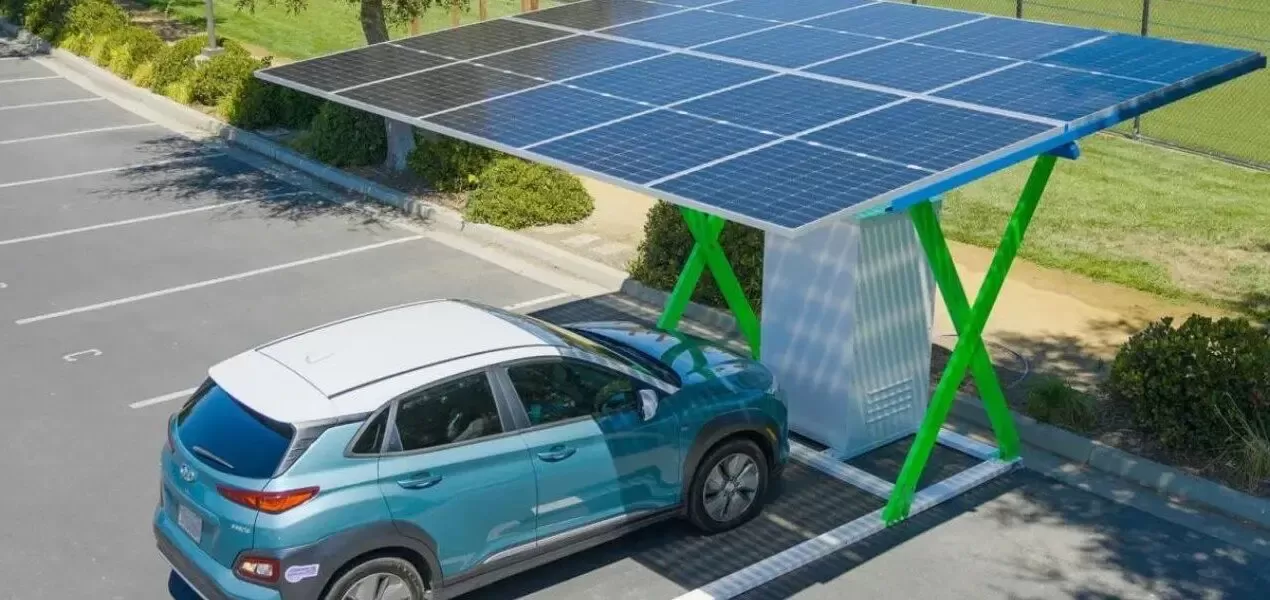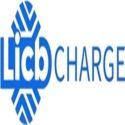Notifications

6 minutes, 11 seconds
-10 Views 0 Comments 0 Likes 0 Reviews

As a leading EV charger manufacturer in China, LiCB Charge delivers dependable AC and DC electric vehicle charging stations along with comprehensive charging solutions.
Driving an electric vehicle (EV) during summer is perfectly safe—but rising temperatures often raise concerns about how heat affects battery health.
Unlike traditional combustion engines, which generate heat as part of their operation, EVs rely on lithium-ion batteries—highly efficient but sensitive to extreme temperatures. In hot weather, batteries can lose efficiency, impacting driving range, charging speed, and long-term durability.
Prolonged exposure to high temperatures can degrade battery capacity, meaning your EV might not hold a charge as well over time. Although many modern EVs include thermal management systems to prevent overheating, it’s still important to take proactive steps during hot spells.
The ideal temperature range for EV batteries is roughly 20°C to 25°C (68°F to 77°F), where you’ll get optimal range, faster charging, and longer battery life. But once ambient temperatures reach 35°C (95°F) or above, overheating risks grow. While extreme heat is uncommon in some regions, many areas face summer heatwaves that make smart charging practices essential.
Here are five practical summer EV charging tips to help keep your battery healthy, maintain driving range, and avoid heat-related issues.
Many drivers think charging to 100% or letting the battery drop to zero maximizes range, but this actually stresses lithium-ion batteries—especially in heat.
Most manufacturers recommend keeping your battery charge between 30% and 80% during regular use. Partial charges reduce battery stress and generate less heat, crucial when ambient temperatures are high. Reserve full charges for long trips, and avoid deep discharges to protect your battery over time.
DC fast chargers (“superchargers”) are convenient, offering up to 80% charge in under 30 minutes. But rapid charging generates extra heat, forcing your EV’s cooling system to work harder and accelerating battery wear.
In hot weather, this thermal strain intensifies. Use fast chargers sparingly—ideal for emergencies or long-distance travel—but rely on slower Level 2 chargers for daily needs to prolong battery health.
Charging under direct sunlight adds heat stress to your battery. Whenever possible, plug in at night when temperatures are cooler. Nighttime charging also helps reduce grid demand and may save on electricity costs.
If nighttime charging isn’t feasible, choose shaded or covered parking spots. Even a few degrees cooler ambient temperature can reduce battery heat significantly.
Slower charging methods—Level 1 (standard outlets) or Level 2 (240V home chargers)—deliver consistent, gentle power, producing less heat during charging cycles.
Overnight slow charging allows your EV to restore range without stressing the battery. Many EVs support scheduled charging to start during cooler off-peak hours, further protecting battery health and saving on energy costs.
Summer is prime road trip season, and a bit of planning goes a long way to avoid heat-related charging hassles.
Use apps like PlugShare, ChargePoint, or A Better Routeplanner to map out chargers along your route, check availability, and find shaded or covered stations. This reduces “range anxiety” and keeps you from unexpected delays in hot conditions.
Always pack your charging cables and adapters, and consider a backup charging plan for peace of mind.
Use Cabin Preconditioning: Cool your EV interior while plugged in to reduce battery load once driving.
Avoid Fast Acceleration: Smooth driving minimizes battery heat generation.
Monitor Battery Health: Use your vehicle’s app or dashboard to track temperature and battery status during heatwaves.
Park Indoors or Use Sunshades: Whenever possible, keep your EV in a garage or use reflective sunshades to lower interior temperatures.
Summer heat doesn’t have to compromise your EV’s battery health. By adopting smart charging habits—avoiding high-heat charging, preferring slower methods, and planning trips—you can enjoy worry-free driving while extending battery life.
Though battery tech is advancing rapidly, until next-generation systems become standard, proactive care remains the best way to protect your EV investment.
So this summer, charge wisely, drive smoothly, and enjoy the ride with confidence that your EV performs at its best—even under the sun.Know more about Google SEO Directory
China EV Chargers EV Charger Manufacturer EV Charging Solutions

